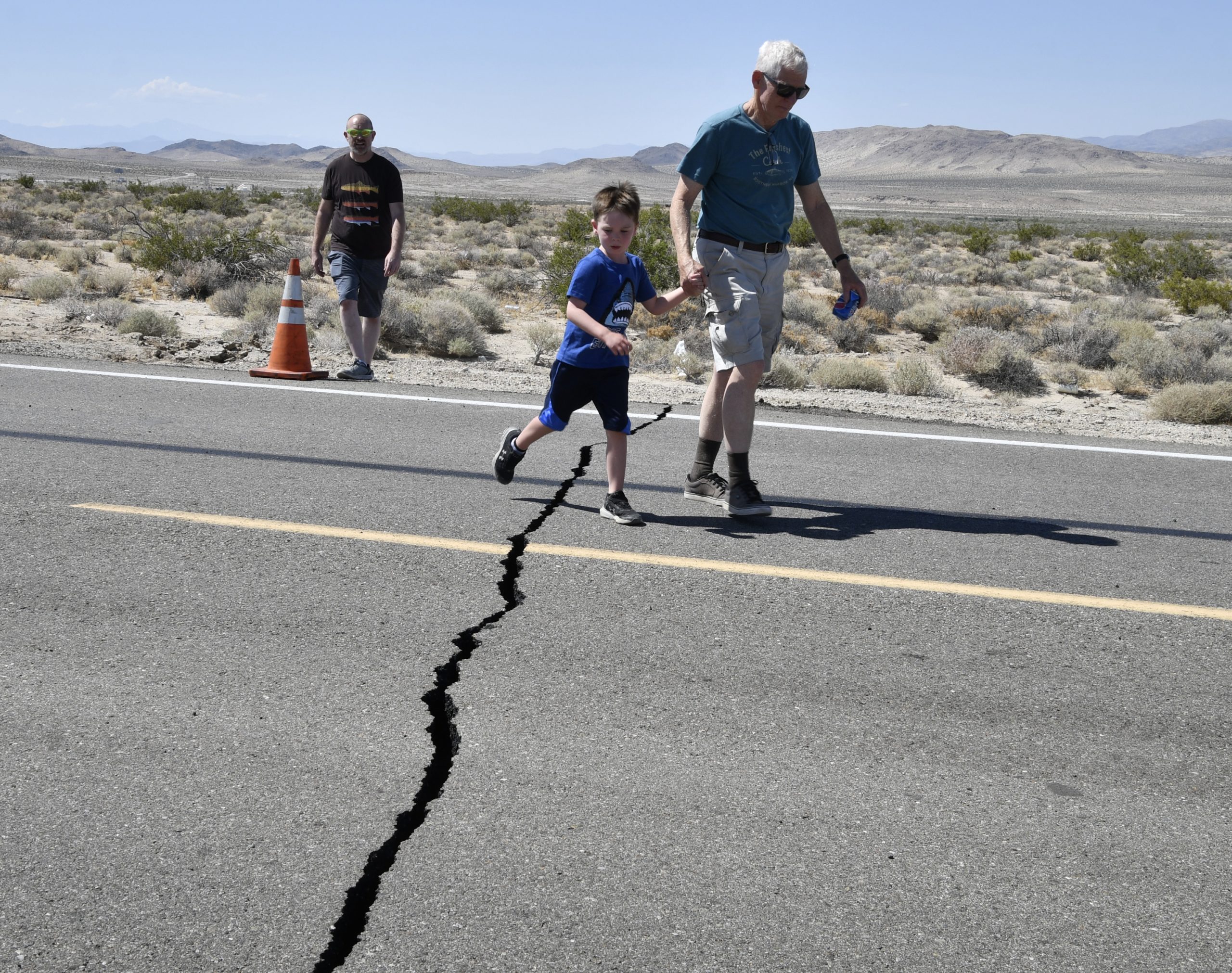Calif. contractors finding new ways to mitigate earthquake risks,
“Should a major earthquake hit California again, and it is in any of the most populated cities, the damages would be catastrophic,” says Steven Steckler, president of Sentry Claims Group.
But experts say retrofits are also just as important as incorporating new design concepts to mitigate the seismic activity.
In 2021 alone, 15 earthquakes of a magnitude of 6 or higher have struck our planet, from offshore Alaska to August’s devastating earthquake in Haiti. In California, builders are finding innovative methods to prevent disastrous losses from these often catastrophic events.
A recent project by McCarthy Building Companies and design architect NBBJ is the world’s first building to use base isolators atop springs to absorb ground motion during an earthquake. The newly completed Loma Linda University Medical Center is the largest hospital project in California by square footage and sits within close proximity to major earthquake faults. To ensure the 16-story medical center met California’s strict seismic standards, the firms placed the structure atop 126 base isolators, each weighing nearly 10 tons and designed to help keep the building as still as possible.
According to the California Department of Conservation, two to three earthquakes occur each year within the state that are large enough to cause moderate damage to building structures.
“Typically, seismic upgrades are performed on older buildings with higher potential damageability and stability issues,” Roy Anderson, vice president of seismic risk services at AEI Consultants, told PropertyCasualty.com sister site GlobeSt in a recent interview. That includes wood-frame (a.k.a. soft-story) properties with tuck-under parking, steel moment-resisting frame properties (pre-Northridge) constructed before 1997, non-ductile moment-resisting concrete frame buildings constructed before 1976, concrete tilt-up buildings constructed prior to the 1994 Northridge earthquake, pre-cast buildings and unreinforced masonry buildings constructed before 1934.
But incorporating new design concepts to mitigate seismic activity is just as important as retrofits, which have long been on the minds of California lawmakers.
“Should a major earthquake hit California again, and it is in any of the most populated cities, the damages would be catastrophic,” says Steven Steckler, president of Sentry Claims Group. “The residents and their insurance companies would be overwhelmed with the sheer volume and depth of claims. Also, I would be remiss if I did not reference the cost from displacement along with residential and commercial property damages, which would be historic due to the amount of people living and working in these affected areas.”




